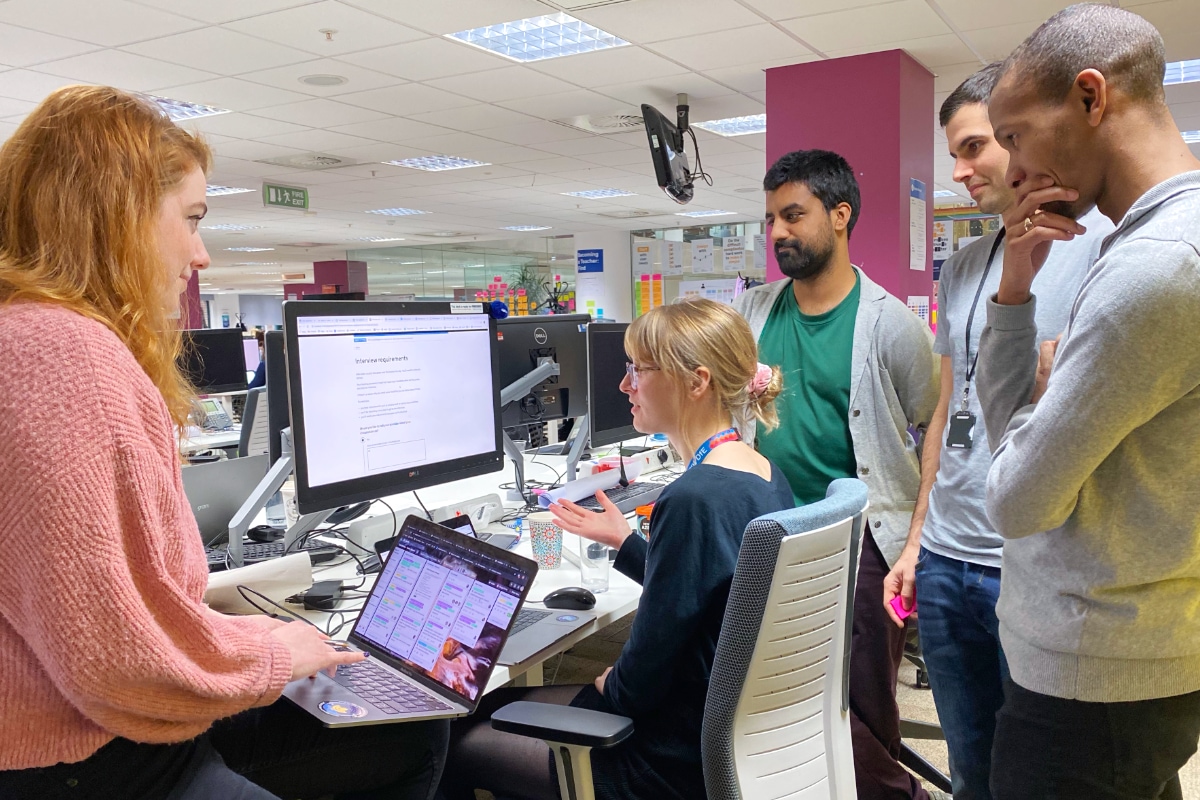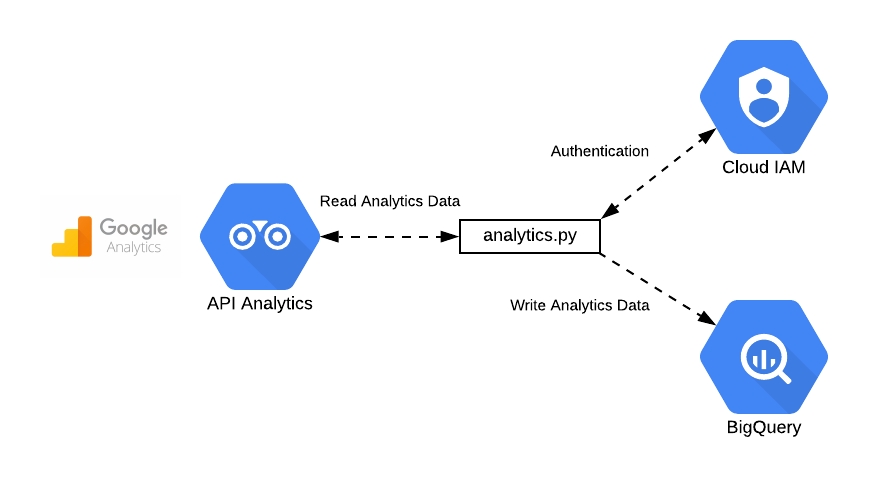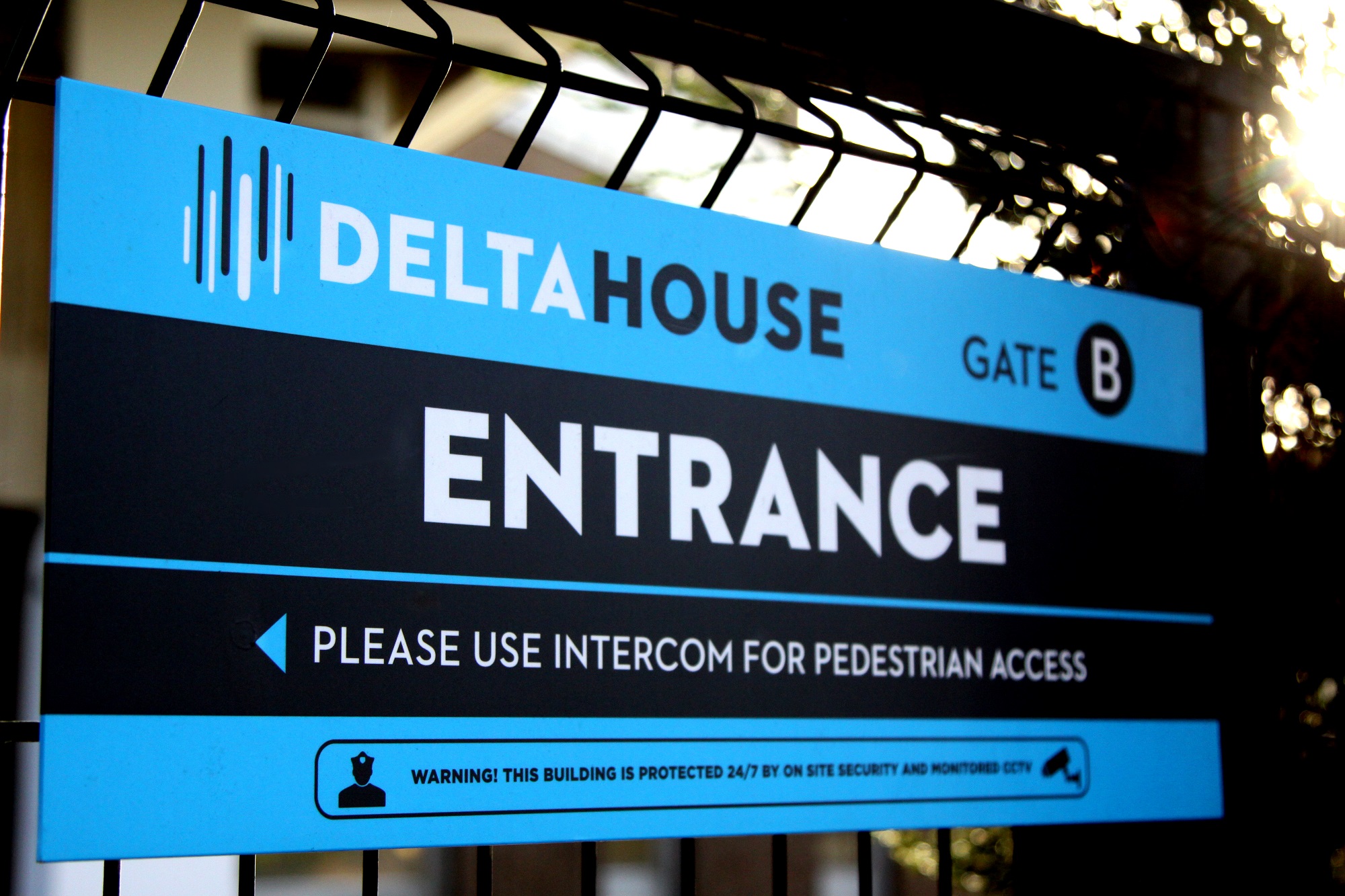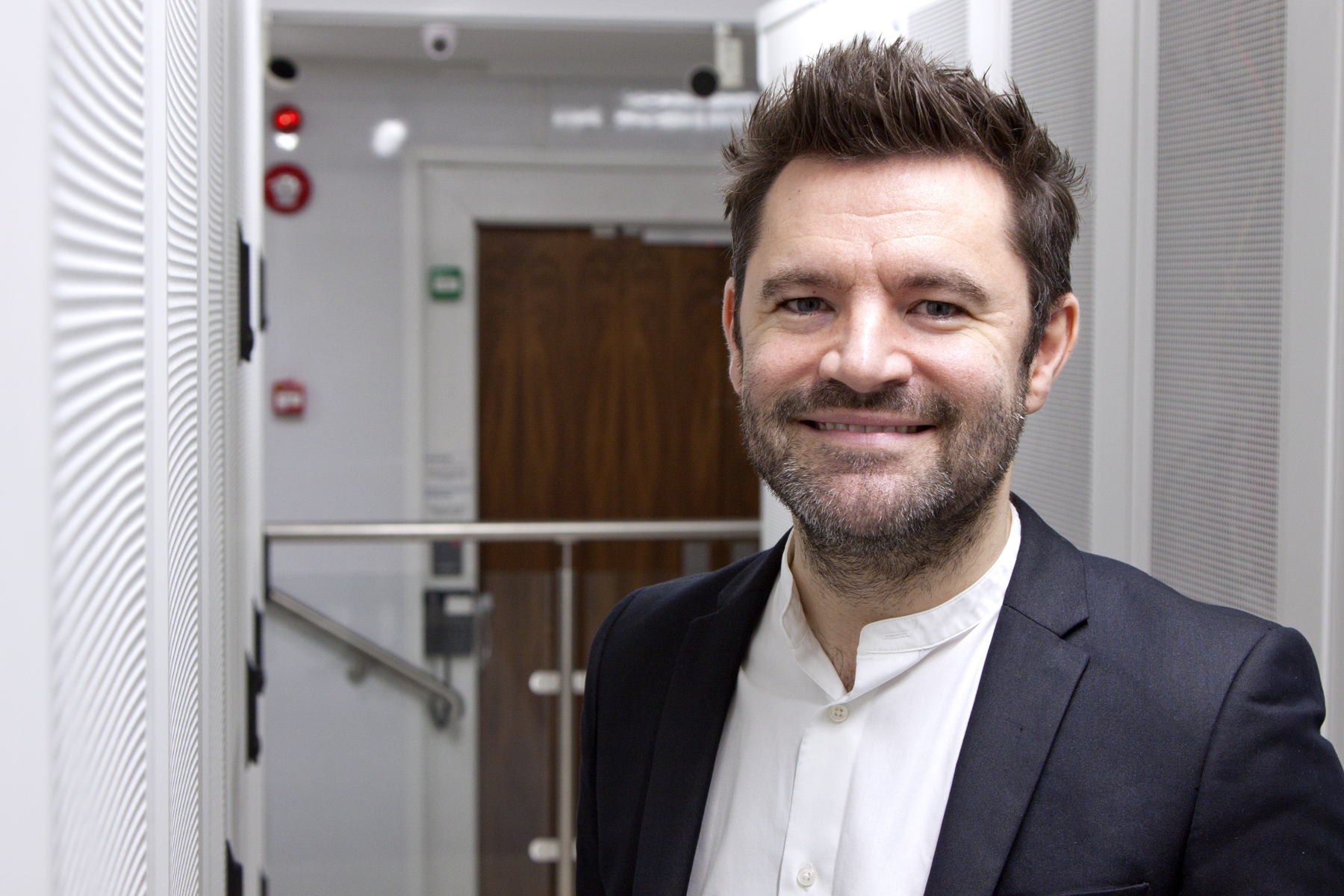
Laura Tennant, DfE Digital
As of February 2020, 77 providers and 195 candidates have signed up to the Department for Education (DfE)’s new, live digital service, ‘Apply for teacher training’.
There are currently 72 applications being processed and to the delight of the team, we celebrated our first ‘Offer accepted’ at the end of January.
‘Apply for teacher training’ joins DfE’s ‘Find postgraduate teacher training’, ‘Teaching vacancies ‘and ‘Get school experience’. These are all services launched in the last three years, and they’re all rooted in user-centred policy and design, and the change in our approach to teacher recruitment and retention. In this post I’ll explain how being user centred will widen the range of people who choose to ‘Apply for teacher training’.
Applying to become a teacher was not easy
Back in 2017, at the start of the digital transformation of teacher services, DfE acknowledged that ‘becoming a teacher is hard work’. Our user researchers found that, before they even started training, candidates were faced with a lengthy and complex application process.
It was clear we needed to take a long, hard look at why. In a strategy published at the start of 2019, we pledged to ‘radically simplify the process for becoming a teacher, introducing new digital systems designed to make application much easier and more user-friendly’.
Opening up, not dumbing down
‘Find postgraduate teacher training’ came first. Launched in autumn 2018, this service clarified and simplified the way candidates compare and select training providers. Over 1 million potential teachers have used the service since the launch, confident they were choosing a provider who was right for them.
Next was ‘Apply for postgraduate teacher training'. This was a new one-stop application system for initial teacher training (ITT), which will be easier to use and designed to better meet the needs of potential trainees.
In 2019 ‘Apply for postgraduate teacher training’ was launched in November 2019 and made available to a limited number of users for testing. It will be rolled out gradually, eventually replacing the current service, provided by the Universities and Colleges Admissions Service (UCAS), in October 2021.
As a Content designer on ‘Apply for teacher training’, I believe an application process should test more than someone’s ability to complete a form. By giving users the right information and guidance, we can help passionate and dedicated potential teachers from diverse backgrounds showcase their invaluable skills and experience.
This is not dumbing down our recruitment process, but opening it up. Just as importantly, training providers can then select, fairly and efficiently, from a wider pool of strong candidates.
A live service means real data and real feedback
Now ‘Apply for teacher training’ is live, we can start to gather evidence about how our candidates differ from previous ones in demographic type as well as in quantity. We’re already getting some great feedback about our service’s usability from candidates:
"Really easy service, much improved from using the UCAS form."
"Very easy, very simple, I remember UCAS being a lengthy and daunting process. I found the GOV.UK one a lot more simply put. The sections and questions were easy and comprehensible. Just found it very simple yet effective."
And from providers:
"At Gorse SCITT, we are delighted to be one of the providers taking part in the pilot for DfE Apply. We are passionate about improving the application journey for candidates, so we jumped at the chance to test this new service. It’s great seeing candidates coming through, and we’re looking forward to continuing to work with the DfE to shape the new service."
Excellent teacher trainees from a wider and more diverse pool of talent
To increase the recruitment of excellent teacher trainees from a wider and more diverse pool of talent, we need to make sure the service is usable and accessible to all our applicants.
From the start, the content and interaction design team for ‘Apply for postgraduate teacher training’ has tried to widen participation by removing roadblocks for candidates unsuited to a ‘one size fits all’ approach.
Demographically, teacher training continues to shift and expand. Recent graduates are now being joined by increasing numbers of career changers, and our application process must be flexible enough to tease out the wisdom and experience they have to offer.
We’re also hoping to see more successful applications from those who need support topping up missing qualifications, overseas candidates and disabled people. We’ve given equal consideration to candidates who’ve been out of the workplace due to parental or other caring responsibilities and who may have been in unpaid, voluntary and part-time work.
Designing for this varied group of users helps DfE recruit great teachers in a competitive labour market.
It’s also worth mentioning that the product teams delivering services like ‘Apply for postgraduate teacher training’, now contain policy experts working alongside digital specialists.
Data and research from ‘Apply for postgraduate teacher training’ will inform future policy-making which fosters diversity in the teaching workforce.
Supporting disabled teacher training candidates
Through our ongoing research, we’re uncovering specific needs for our user groups and refining our designs accordingly. Take our disability section. In our early designs, we made it optional for people to state if they had a disability (sometimes called ‘disclosure), an approach which tested well with users who feared their disability might impact their application.
As we continued our research however, some candidates pointed out that the needs of disabled people should be addressed more explicitly.
We took a deep dive into the advantages and disadvantages of disclosure for candidates and the varying levels of support offered by training providers. We also looked at how we could explain legal rights clearly and concisely.
We’re now ready to test a design we believe presents the information disabled candidates need to make the right decision for them. We’re also thinking about how to display that information to training providers in a way that minimises unconscious bias.
Teachers are role models too
As we roll out the service to more training providers and process more live applications, we’ll learn about where it allows candidates to succeed first time, and what parts of the service we need to improve.
As we attract more people, we hope to recruit teachers who, by representing the full range of diversity in their classrooms, become powerful role models for the next generation.
Get in touch
Considering applying for teacher training? Visit Get into teaching or email us.
If you’re a training provider and you’re interested in joining the ‘Apply for teacher training’ pilot email us or for further information go to this webpage.









